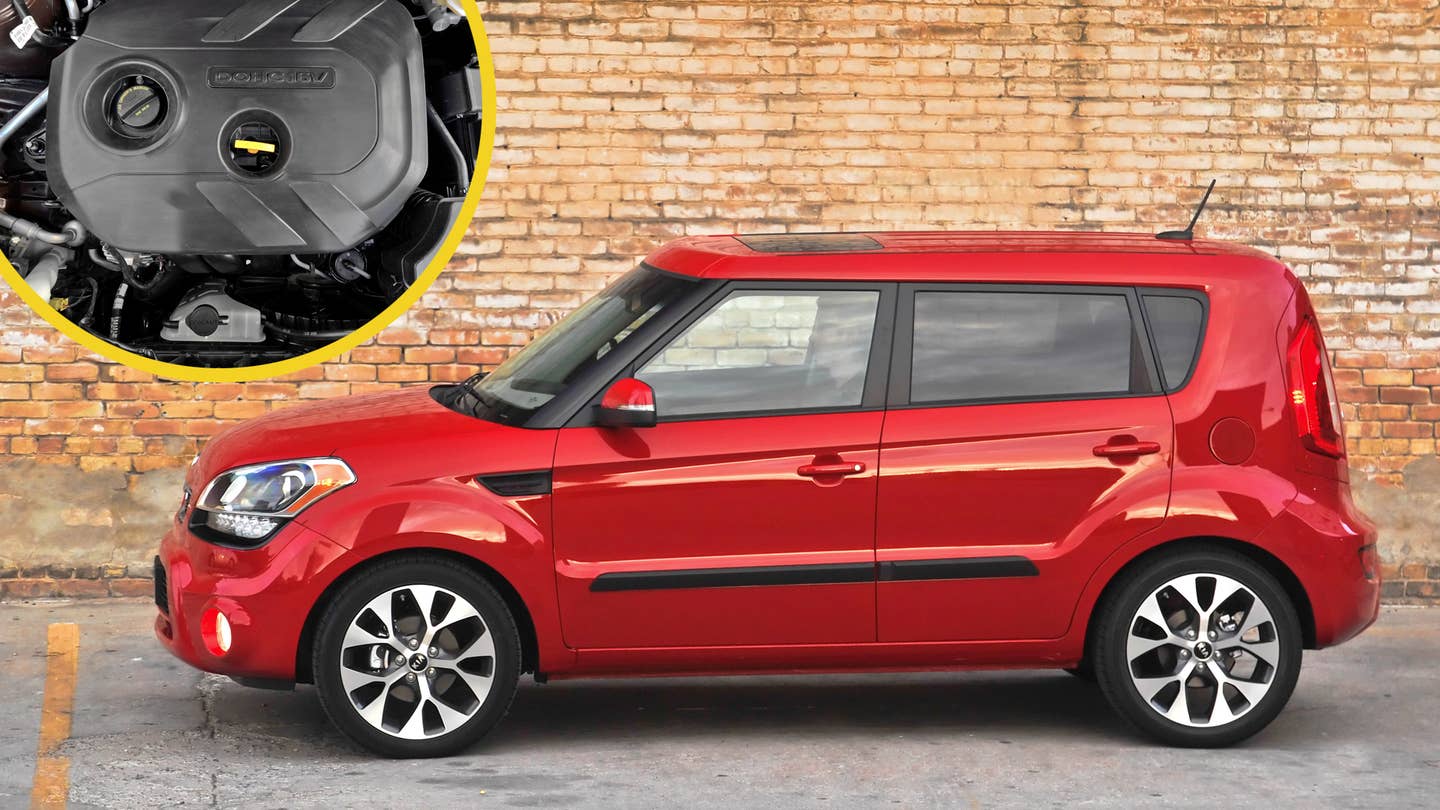Carbon buildup could destroy an engine.

In the 1980s, it was common for average family sedans with not-so-small internal combustion engines to produce less than 150 hp. I still can't believe we drove a 3.3 liter Pontiac 6000 with maybe 135hp and that was fine.
Since then, an endless list of different types of technological advances have made engines much more efficient and powerful. One technology that has become ubiquitous is direct fuel injection, commonly known as GDI. Its popularity has spread for several positive reasons, but it also has its downsides. If you own a car that uses this technology, it is important to know how it works and what its faults are so that you can prevent and/or treat these problems directly. You need to know.
What is GDI?
Up until about 10 years ago, most vehicles had intake manifold injection. This means that the fuel is sprayed with the air mixture, scavenging the valves and being burned to generate electricity. In direct injection engines, the fuel is injected directly into the combustion chamber. The result is a more complete combustion cycle that uses less fuel. By producing more power with less fuel, automakers can use smaller, more efficient engines and still perform well.
Sounds like a good thing, what's the problem here?
Gasoline is corrosive, which doesn't always mean poor quality. People used to use gas to clean dirty metal tools.
In injection engines, the gas continuously flushes the intake valves. This removes build-up of carbon, oil or other contaminants that build up during normal operation. On a direct injection engine, the back of the intake valves remain dry because there is no gas to wash the valves. Oil and carbon deposits still collect on the back of the valves, but there's no fuel to wash out all that crap.
These carbon deposits can destroy an engine. The intake valves are clogged with deposits, so nothing is working properly.
How do I know if my car has GDI?
Telling if your car has GDI just by looking at the engine is a bit tricky because there is nothing visually obvious that is unique to them. However, your vehicle's plastic engine cover may have a large label with the letters GDI on it. Try to consult the vehicle's owner's manual.
If all else fails, a call to the parts desk at the dealership should give you an answer as to whether or not your car has direct fuel injection. Or you can always just google "is the make/model direct injected?" and find your way to an official datasheet.
how to cure it
Some automakers have noticed this carbon issue and are trying to fix it. Toyota's new M-series engines, found in the latest Camrys and Corollas, use direct injection and port injection to keep the backs of the valves clean. Oil manufacturers have also added solvents and other chemicals to some brands to help relieve deposits as well.
But if excessive deposits appear, you need to remove them. Depending on the make and model of the car, this can be quite a complex process. In most cases, this involves removing the valve cover and intake manifold. From there you can clean the dirt from the back of the valves.
Many people use walnut shells, which are strong enough to remove deposits but soft enough not to damage engine parts. To detonate the media, a technician blows highly compressed air, in this case mixed with pieces of walnut shell, into the engine and scrapes off the deposits. At the same time, they suck up excess dust and walnut shells with a vacuum cleaner.
Where can I get this support?
Most dealers or independent mechanics worth their money are familiar with carbon deposits in GDI engines. Some brands are more proactive than others when it comes to recommending (or not recommending) services to blow out media or remove carbon deposits from valves.
What if you just ignore it?
For one, you might notice a drop in performance. The intake valves are not working properly and your computer is trying to compensate. In this case, the check engine light is likely to come on.
Ultimately, serious damage can occur. A friend of mine's dad had a 2013 Kia Soul with about 140,000 miles on it. The car struggled with an accidental misfire and generally performed poorly. A compression test revealed that cylinder one was too low, so something wasn't sealing properly.
This is what the engine looked like:
The car burned out an exhaust valve. Based on message boards and conversations with Kia dealer parts office technicians, this is fairly common in cars with excessive carbon deposits that have never been cleaned. My friend's theory is that poorly running engines, especially ones that are failing, tend to run poorly, which increases the combustion temperature dramatically. Eventually, this excessive temperature will burn out the engine parts. In this case a valve.
This could have been avoided with a little preventative maintenance. Disassembling the intake manifold and cleaning the media is a little more tiring than, say, pouring a bottle of "injector cleaner" into the car's gas tank. You know, like those Lucas things that auto parts store cashiers always push when they call you. Still, a little media blasting sooner might have saved this engine from a costly valve replacement.
GDI engines might require a bit more work to maintain than their port-only counterparts, but I think it's worth it. The real benefits in terms of performance and economy cannot be underestimated and there are some excellent engines on the market today that use this technology.
This article originally appeared on Car Bibles.
MORE TO READ
Aucun commentaire:
Enregistrer un commentaire